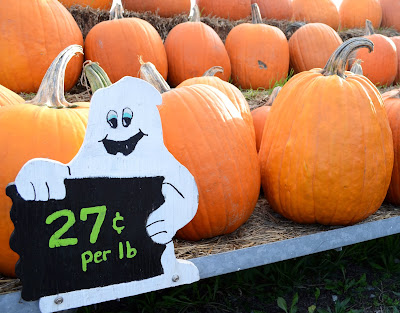 Photos by Nicole Green
Photos by Nicole GreenAs a requirement for my photojournalism class I'm currently taking this semester, the instructor encouraged me to choose a beat. We are to find interesting people, and then write about them and shoot photographs.
This past week I learned about feature photography. It is the fun, goofy and interesting side of photojournalism, which sometimes offers timelessness in the photos. Feature photography brings enjoyment to readers because they can identify with it. These types of featured photos can also happen unexpectedly.
I went through the halls of Owens Community College, with permission from the lab manager David Cantor and photographed students processing their black and white negatives in the photography lab. I had a lot of fun going around the lab and taking pictures of other students learning about imagery aspects of black and white photography.
I would like to thank the photography lab manager Mr. Cantor and the photography students at the lab for their time and patience with me doing this assignment.
 If I ever run out of ideas or need more inspiration, I can always consider the tips given to find good a feature in Photojournalism:The Professionals' Approach.
If I ever run out of ideas or need more inspiration, I can always consider the tips given to find good a feature in Photojournalism:The Professionals' Approach.
(Above: Student Sonia Rollins is being counseled by her instructor Tina Gionis on which negative would be a good black and white print from her contact sheet. Left: Ben Nassif exits out of Owens' dark room with some of his black and white images he developed).


